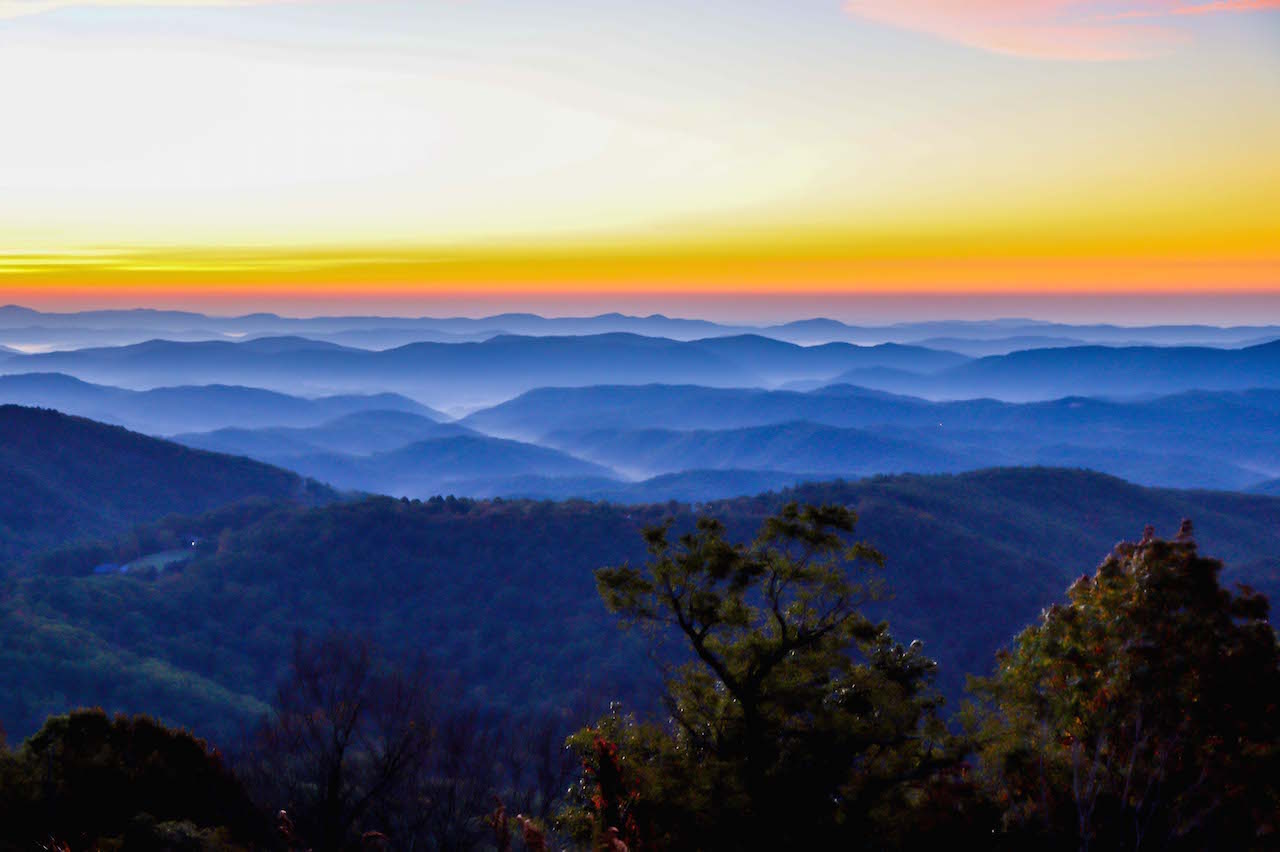Spain, a vibrant tapestry of cultures and traditions, enchants visitors with its rich history, celebrated cuisine, and distinctive arts. From the passionate rhythms of flamenco to the delectable flavors of tapas, the country is a captivating destination that offers endless surprises. Here are some cool facts about Spain that highlight its unique charm and allure.
1. The Alluring Dance of Flamenco
Flamenco is not merely a dance; it is a profound expression of emotion. Originating from the Andalusian region, this passionate art form encompasses singing, guitar playing, and dancing, all intertwined with a sense of deep cultural heritage. The origins of flamenco are somewhat nebulous, but it is believed to be influenced by various cultures, including Gypsy, Moorish, and Jewish. Each performance can tell a story, conjuring feelings of joy, sadness, and everything in between.
Interestingly, flamenco was recognized by UNESCO as an Intangible Cultural Heritage of Humanity in 2010. This accolade underscores its significance in global artistic heritage, elevating its status beyond mere entertainment. The annual Bienal de Flamenco in Seville attracts world-renowned performers and enthusiasts alike, showcasing flamenco’s evolution and enduring appeal.
2. Culinary Diversity: Beyond Tapas
Spanish cuisine is much more than sipping sangria and nibbling on tapas. Each region boasts its own culinary delights, shaped by local ingredients and historical influences. For instance, in Valencia, paella reigns supreme—a tantalizing combination of rice, saffron, seafood, and succulent meats cooked to perfection. In the Basque Country, pintxos, which are essentially smaller tapas, offer a myriad of flavor combinations that tantalize the palate.
The Mediterranean coast also gifts Spain with an abundance of seafood, leading to dishes like pulpo a la gallega (Galician-style octopus) and salmorejo, a thick tomato soup garnished with hard-boiled eggs and ham. The emphasis on fresh, local produce is a cornerstone of Spanish cooking, creating a culinary scene that burgeons with creativity and tradition.
3. The Tradition of Siesta
In Spain, the afternoon siesta is a cherished tradition. Contrary to common misconceptions, this midday break dates back centuries and is deeply ingrained in the culture. The practice allows locals to escape the heat of the day, providing a restful interlude before evening activities. Although modern work schedules in urban areas are shifting away from the siesta, it remains an integral part of life in many rural communities.
The siesta often fosters a community spirit, as friends and families gather for leisurely lunches, engaging in lively conversation. This communal aspect underlines the Spanish value placed on relationships—an invitation to savor life rather than rush through it. In a fast-paced world, the siesta offers a refreshing perspective and a lesson in balance.
4. Festivals: A Kaleidoscope of Color
Spain is renowned for its exuberant festivals that showcase the country’s rich cultural heritage. From the flamboyant La Tomatina in Buñol, where participants engage in a massive tomato fight, to the solemn Semana Santa (Holy Week) processions in Seville, each event is steeped in tradition and fervor. These festivals not only celebrate local customs but also draw tourists from around the globe, contributing to Spain’s vibrant social fabric.
The Running of the Bulls, or San Fermín, held annually in Pamplona, epitomizes the spirited nature of these festivities. Participants run alongside the bulls through the city streets, culminating in days of festivities filled with music, dance, and communal celebration. Each event serves as a microcosm of Spanish culture, showcasing the interplay of community and festivity that binds its people.
5. Architectural Marvels: A Journey Through Time
Spain’s architectural landscape is an eclectic blend of Gothic churches, Moorish palaces, and modernist marvels. The renowned Sagrada Família in Barcelona, designed by Antoni Gaudí, is a testament to Catalonian modernism, with its intricate facades and towering spires. Construction of this basilica began in 1882 and has yet to be completed, illustrating the ambitious vision of its creator.
In contrast, Alhambra in Granada stands as a stunning representation of Moorish architecture, featuring breathtaking gardens, intricate tilework, and serene water features. This UNESCO World Heritage Site offers a glimpse into the opulence of the Nasrid dynasty. Each building tells a story of the past, echoing the rich tapestry of cultures that have shaped Spain through centuries.
6. Home of the European Language Diversity
Spain is notable for its linguistic diversity, with numerous regional languages spoken across the country. While Spanish (Castilian) serves as the national language, others like Catalan, Galician, and Basque, flourish in their respective regions. This plurality stems from Spain’s complex history and the coexistence of various cultures.
The recognition of regional languages is indicative of Spain’s commitment to cultural preservation. Each language encapsulates a distinct worldview and cultural nuances, enriching the collective identity of Spain. It allows for a deeper appreciation of local folklore, traditions, and even cuisine, as language and culture are inextricably linked.
7. The Surprising Landscape of Spain
From the sun-drenched beaches of Costa del Sol to the rugged mountains of the Pyrenees, Spain’s diverse geography is nothing short of remarkable. The country’s varied landscape offers opportunities for myriad activities, from skiing and hiking to beach lounging and vineyard tours. Natural parks, such as Picos de Europa and Sierra Nevada, provide breathtaking scenery, inviting outdoor enthusiasts to explore the wilderness.
Moreover, Spain’s commitment to preserving its natural heritage is evident in the establishment of numerous biosphere reserves and national parks, aimed at conserving unique ecosystems. This balance between urban development and nature preservation reflects the Spanish philosophy of living harmoniously with the environment.
In conclusion, Spain embodies a fantastic blend of flamenco, food, and fun surprises that captivate the senses and curate memorable experiences. The intricate fabric of its culture, the distinct culinary offerings, and the exuberant festivals invite exploration and appreciation. Understanding these elements fosters a deeper connection, revealing the underlying reasons for Spain’s enduring appeal as a travel destination. Whether reveling in a spirited flamenco performance or savoring regional delicacies, the allure of Spain is difficult to resist.






